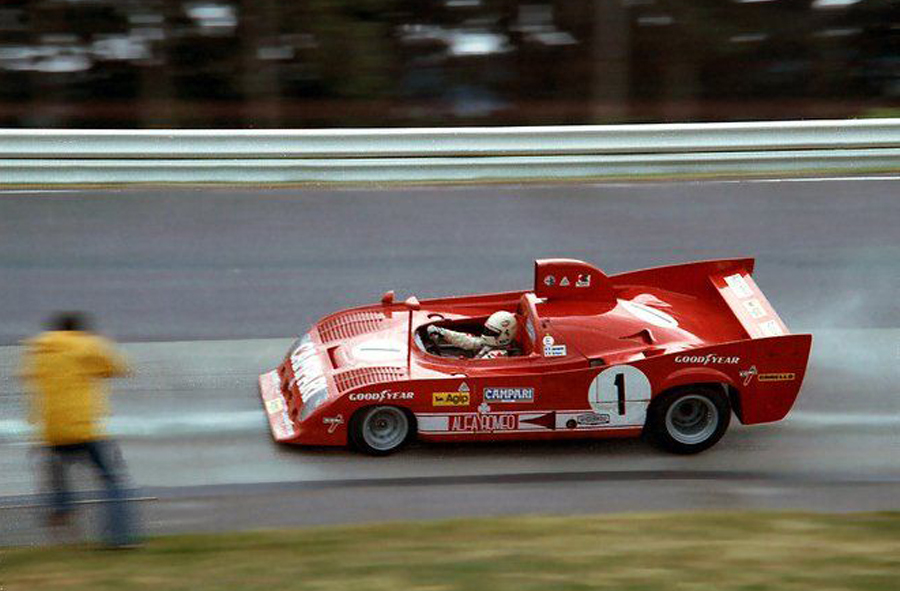Carlo Chiti and Autodelta: when Alfa ruled the circuits
Photo credit: Wheelsage
As we celebrate Alfa Romeo’s 110th anniversary, Carlo Chiti, the exuberant Tuscan engineer who managed to return Alfa Romeo to racing glory after they retired from Formula 1 in 1951, cannot be forgotten. Chiti was born at Alfa in 1953, in the Reparto Esperienze Speciali (ndr. Special Experiences Department), but lack of racing drove him to Maranello and to Ferrari. Here the results were there for all to see: three World Championship for Makes with the Testarossa, two Drivers’ World Championships, with Mike Hawthorn in 1958 and Phil Hill in 1961, the year in which Ferrari also won the first Constructors’ Championship with the F156 known as the “Shark Nose”.
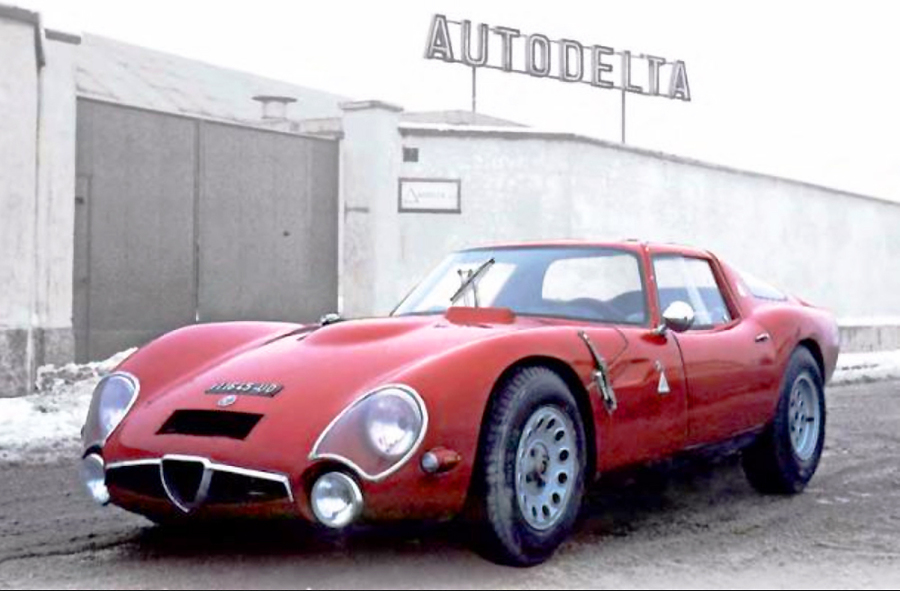
Chiti, with his somewhat turbulent character, suffered from the tensions at Ferrari caused by the wife of the Commendatore, who was too present and too authoritarian. The situation precipitated when Ferrari received a letter written by a lawyer (grave mistake having used a lawyer, Enzo did not tolerate threats) signed by him and seven other executives in charge of the company, which called for the removal of his wife from the Factory. Ferrari, never one to miss an opportunity, seized the moment to get rid of certain individuals who had become too independent, and fired everyone. It was a draconian move (but he subsequently recovered the ones he really needed…)
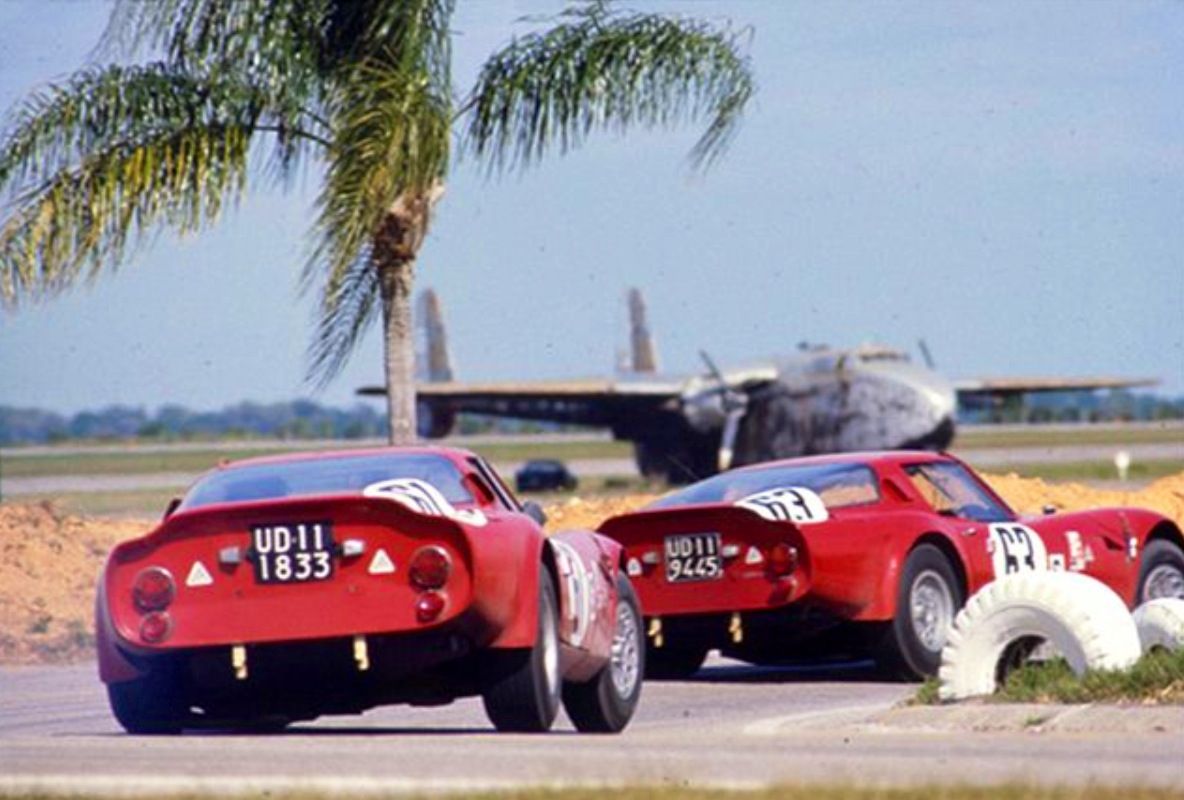
Chiti left Maranello and went to work for the nascent ATS. The idea was to duel with Ferrari in Formula 1 and to produce Gran turismo road cars… But the project was a failure and in 1963 Chiti launched Autodelta together with Ludovico Chizzola. The company was located in the province of Udine where Chizzola owned a car dealership Alfa Romeo. Being away from Milan was an advantage: Alfa, controlled by the state through IRI (Institute for Industrial Reconstruction) needed to return to success in racing but did not want to expose itself. Autodelta was a smart move: if they won, it was because of Alfa, if they lost it was because of Autodelta…
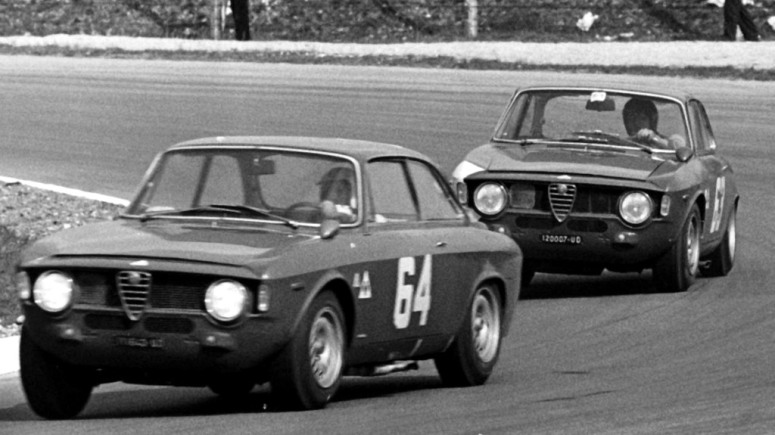
The TZ began testing as early as 1963. Autodelta tapped the market to source the best specialists: Alfa Romeo mechanics and Zagato coachbuilders were joined by Ambrosini chassis specialists, light alloy electron fusions made by Gilera and so on. An agile and effective way of working that allowed the first two Giulia TZ cars to enter the Tour de Corse before the summer. After the initial trials the successes arrived in the form of the Coppa Fisa at Monza, with Lorenzo Bandini, Roberto Bussinello, Giancarlo Baghetti and Consalvo Sanesi in the Autodelta TZ, in order. In 1964, GT category approval arrived, and the cars took home first and second place class victories at Le Mans, and then class victories at the 12 Hours of Sebring, Targa Florio, Nürburgring 1000 km, Tour de France and Coupe des Alpes.

And in October 1964, Alfa Romeo and Autodelta signed an agreement that widened the scope of the Friuli-based company to include the creation of prototypes, the elaboration of mechanics and direct participation in the races. This was by and large the official recognition of Autodelta as the racing department of Alfa Romeo. In 1965 the TZ story was replicated with the GTA, the racing variant of the Giulia GTA with victories by Andrea De Adamich and Spartaco Dini until the triumphant 1972 season with successes in all of the European Championship races. Between 1966 and 1972 thanks to Autodelta, Alfa Romeo conquered no less than 9 European Championships (four Drivers and five Constructors).
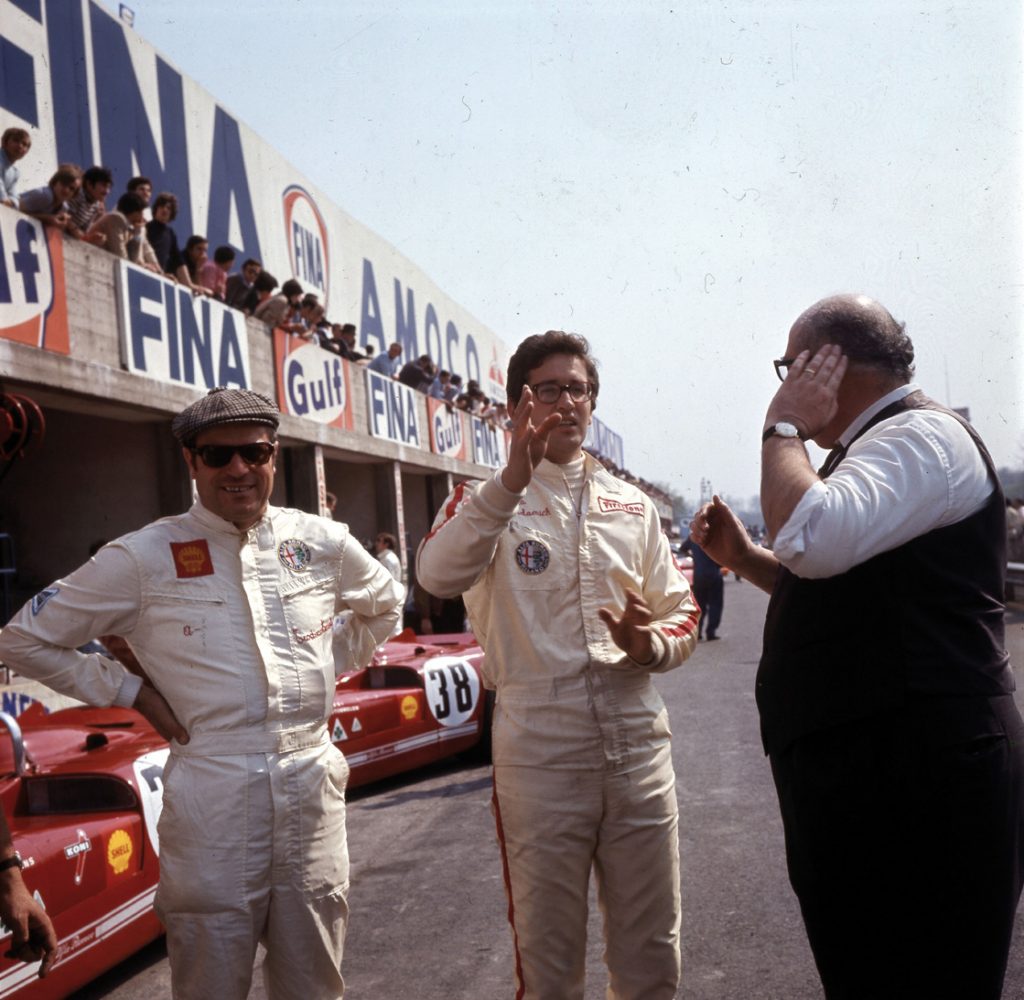
The return to the World Championship racing came in the Sport category in 1967, where the 33 with its 8 and 12-cylinder engines mounted in a tubular chassis (TT) and subsequently box frame (SC) won outright over a ten-year consecutive stretch, taking home the World Championship for Makes in 1975 with the TT12 and winning it two years later, once again with the same evolved model. In 1977, after years of experience in Formula 1 as engine suppliers for McLaren, March and Brabham, Carlo Chiti pushed for Alfa Romeo’s return as a Formula 1 manufacturer. However, the means and facilities were insufficient, and the victories never materialized. Alfa had changed, Chiti was now over 60 and left Alfa to build engines, founding Motori Moderni. But times had changed, and the romantic motoring he has so deftly interpreted for so long no longer existed. Nor were there the renowned personalities, such as himself, with his ubiquitous dogs (even in the paddocks!), and the unfathomable dress sense that compelled him to wear raincoat and Borsalino hat in the middle of August. Unforgettable.
